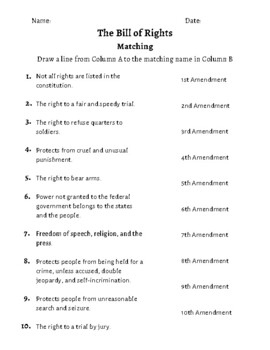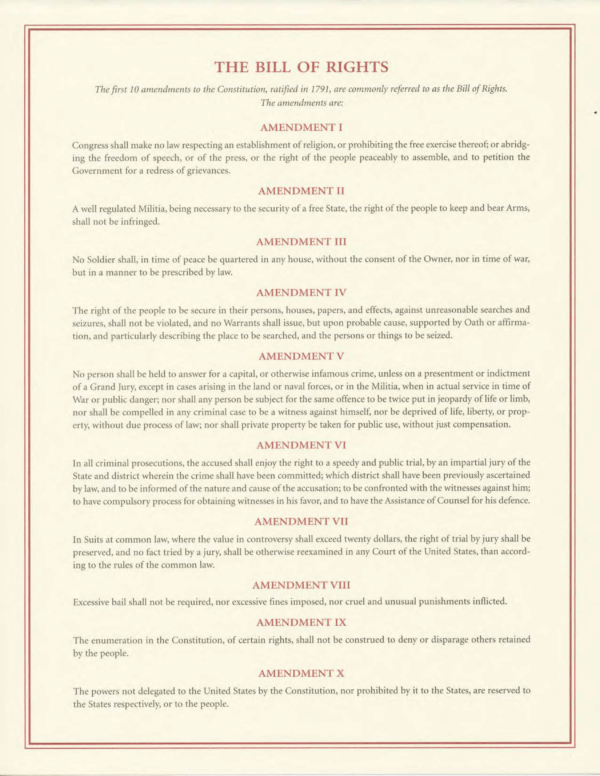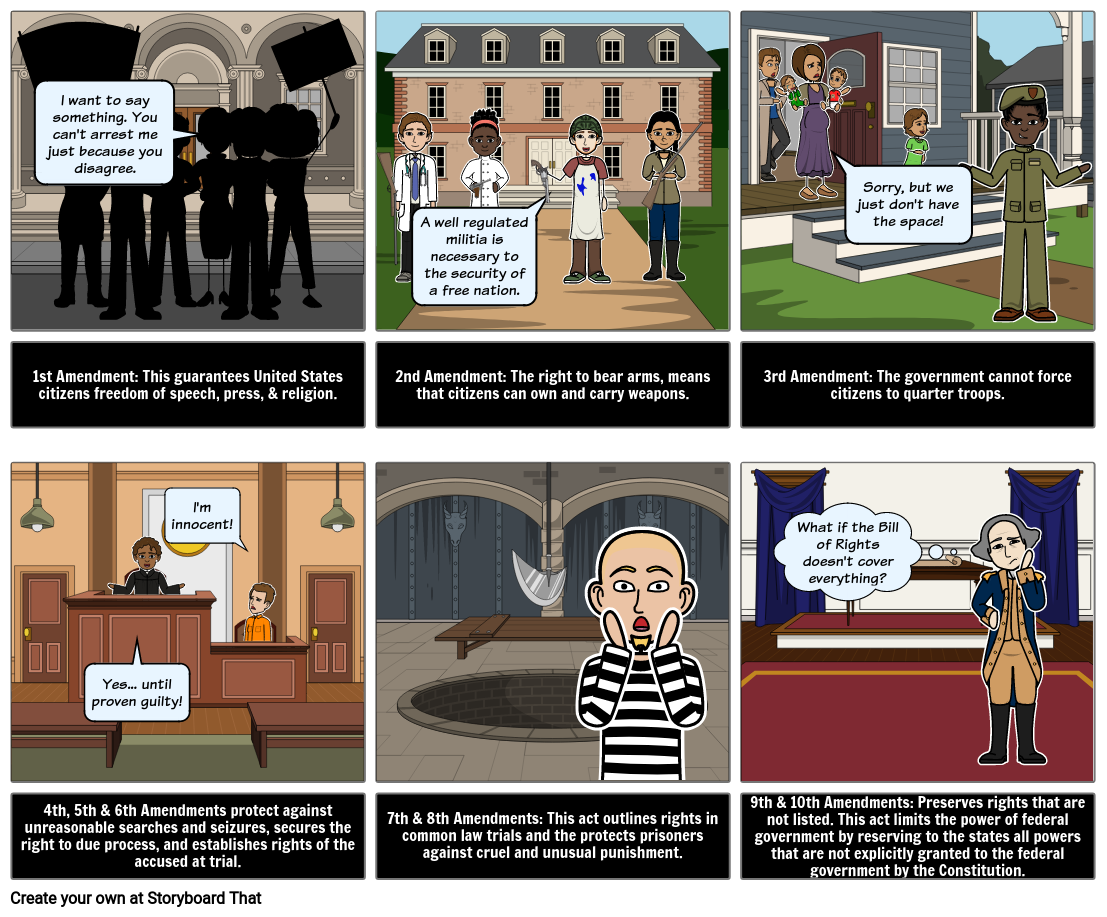The Bill of Rights is the first ten amendments to the United States Constitution. These amendments were added to the Constitution to protect the individual liberties of American citizens and to ensure that the federal government would not have too much power. The Bill of Rights was introduced by James Madison in 1789 and was ratified by the states in 1791.
The First Amendment guarantees freedom of religion, speech, the press, assembly, and petition. This means that Americans are free to practice any religion they choose, express their opinions freely, and gather together to discuss their beliefs or concerns. The press is also protected under this amendment, allowing journalists to report on events and issues without fear of censorship or punishment.
The Second Amendment protects the right to bear arms. This amendment was added to ensure that Americans had the means to protect themselves and their property. It has been the subject of much debate and controversy in recent years, with some arguing that it should be more strictly regulated in order to reduce gun violence, while others argue that it is an important safeguard against government overreach.
The Third Amendment prohibits the government from forcing citizens to quarter, or house, soldiers in their homes without their consent. This amendment was added in response to the British practice of forcing colonists to provide housing for British troops during the American Revolution.
The Fourth Amendment protects Americans from unreasonable searches and seizures by the government. This means that the government cannot search a person's home or property without a warrant, and the warrant must be based on probable cause. The Fourth Amendment also requires that any evidence obtained through an unlawful search or seizure be excluded from use in a criminal trial.
The Fifth Amendment provides protection against self-incrimination and double jeopardy. It also guarantees due process of law, meaning that individuals have the right to a fair and impartial trial. The Fifth Amendment also contains the Takings Clause, which prohibits the government from taking private property without just compensation.
The Sixth Amendment guarantees the right to a speedy and public trial, the right to an impartial jury, the right to be informed of the charges against one's self, the right to confront and cross-examine witnesses, and the right to legal counsel. These rights are designed to ensure that individuals are treated fairly and are not wrongfully convicted.
The Seventh Amendment guarantees the right to a trial by jury in civil cases. This amendment was added to protect individuals from being subjected to the arbitrary decisions of judges and to ensure that justice is served in civil disputes.
The Eighth Amendment prohibits the use of excessive bail, fines, and punishment. It also prohibits the use of cruel and unusual punishment, meaning that punishment must be proportional to the crime committed.
The Ninth Amendment states that the enumeration of certain rights in the Constitution shall not be construed to deny or disparage other rights retained by the people. This amendment was added to ensure that the rights listed in the Constitution are not the only rights that Americans have.
The Tenth Amendment states that powers not delegated to the federal government by the Constitution, nor prohibited by it to the states, are reserved to the states or to the people. This amendment was added to ensure that the federal government would not have too much power and to protect the sovereignty of the states.
In conclusion, the Bill of Rights is a critical component of the United States Constitution. These amendments were added to protect the individual liberties of American citizens and to ensure that the federal government would not have too much power. These amendments continue to be important today and are a cornerstone of the American legal system.







